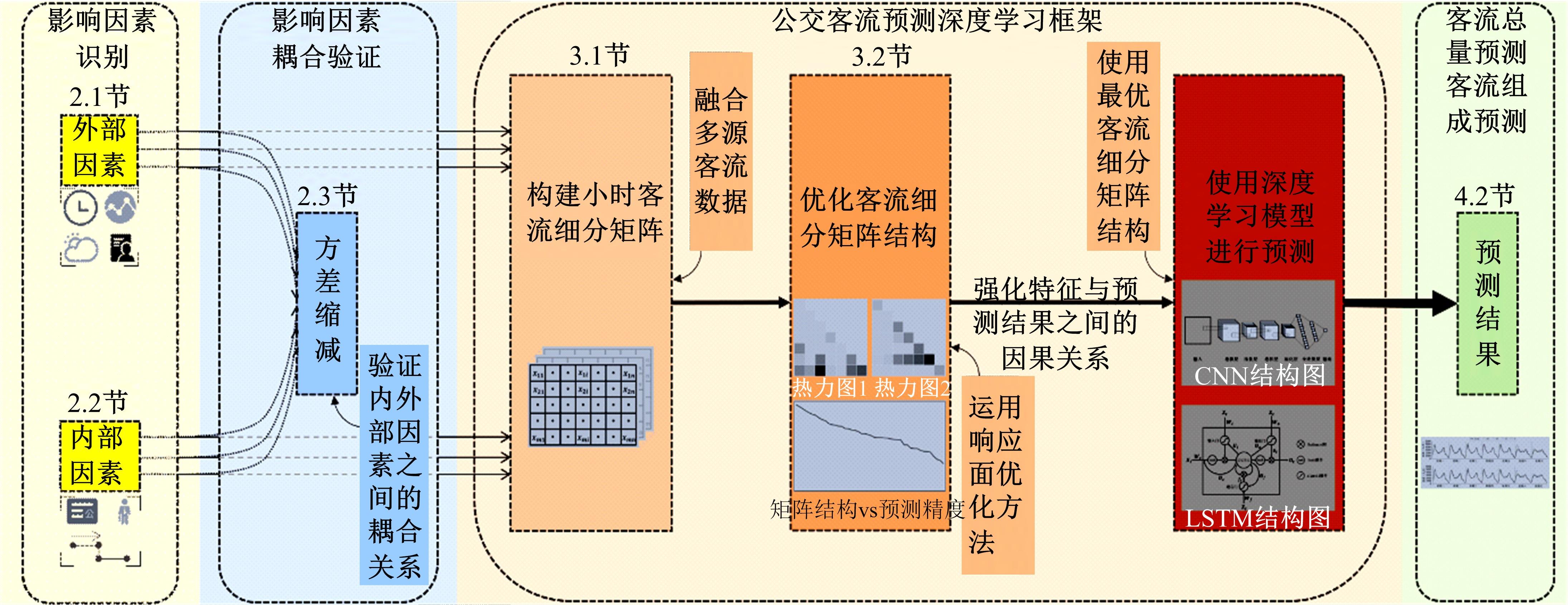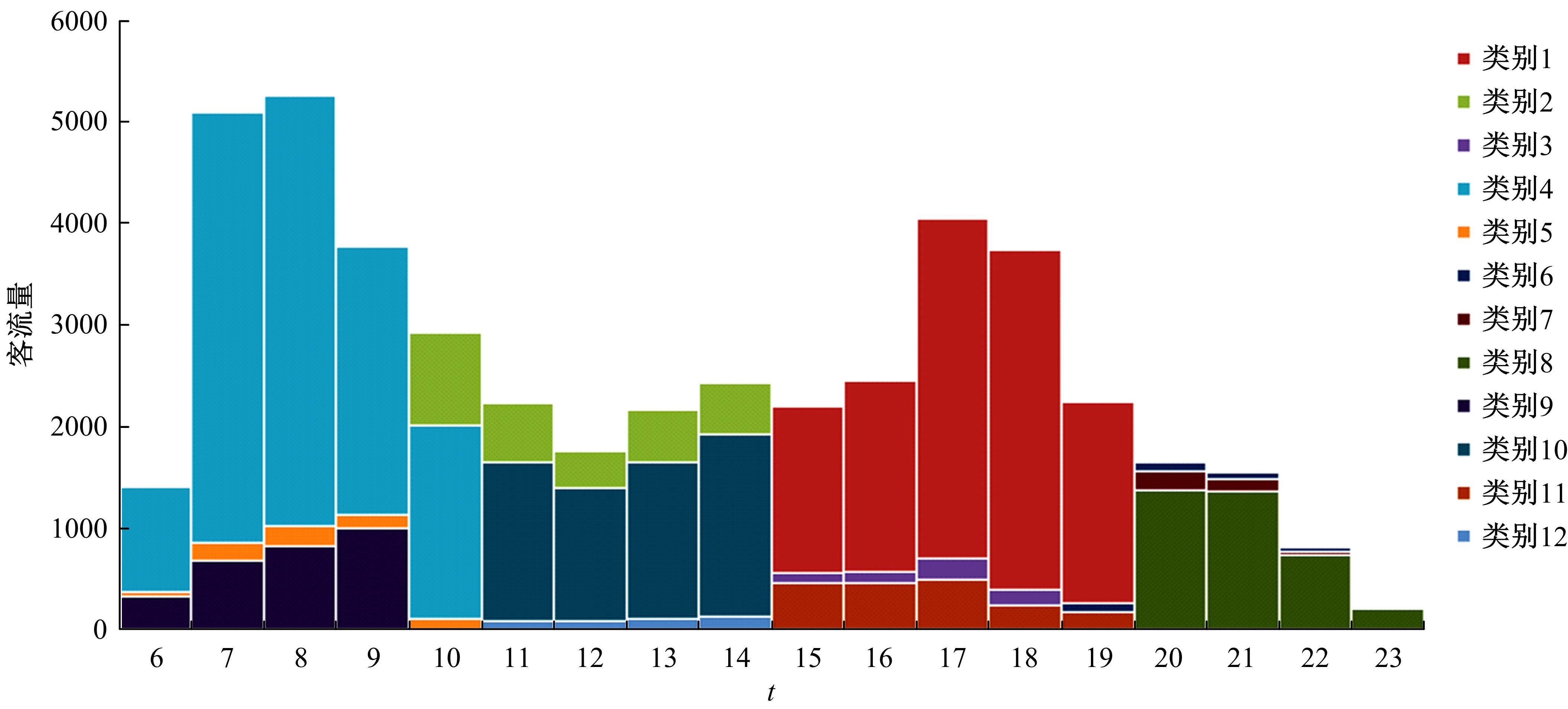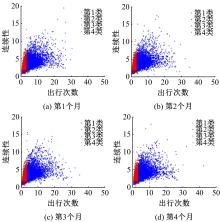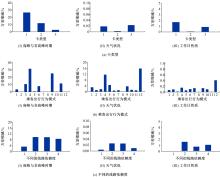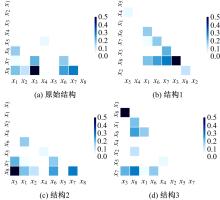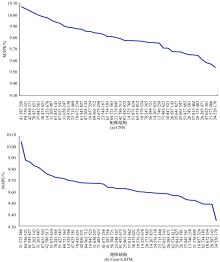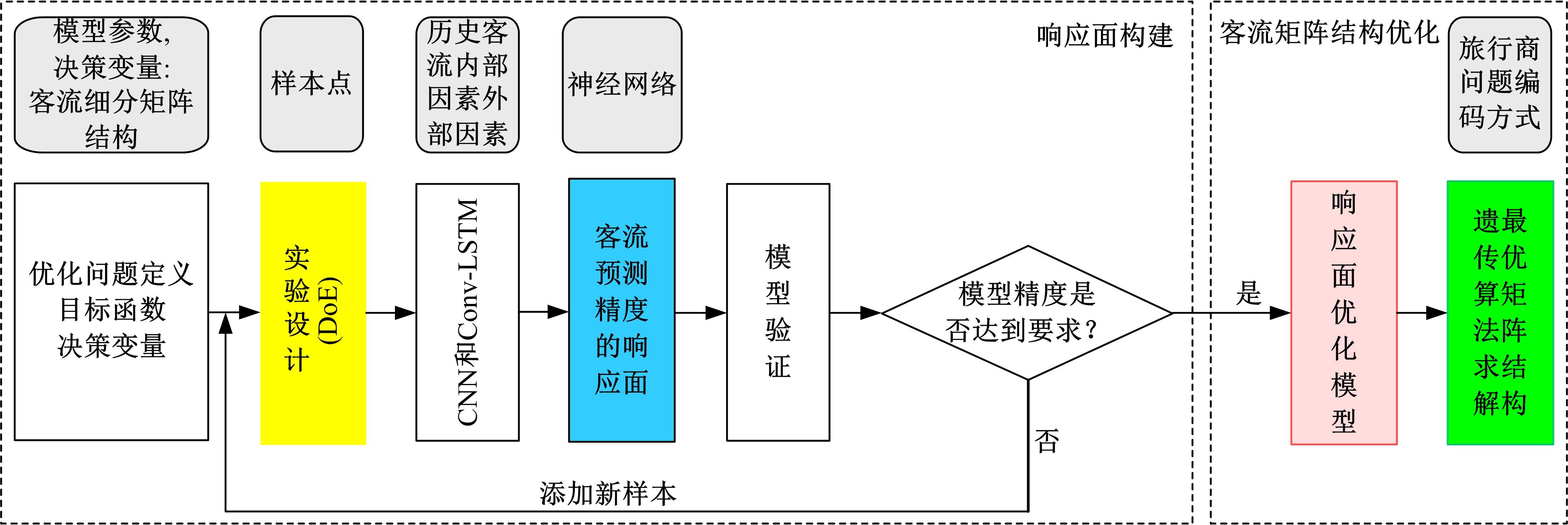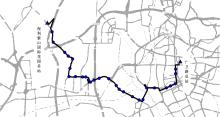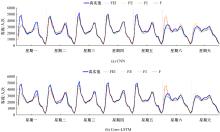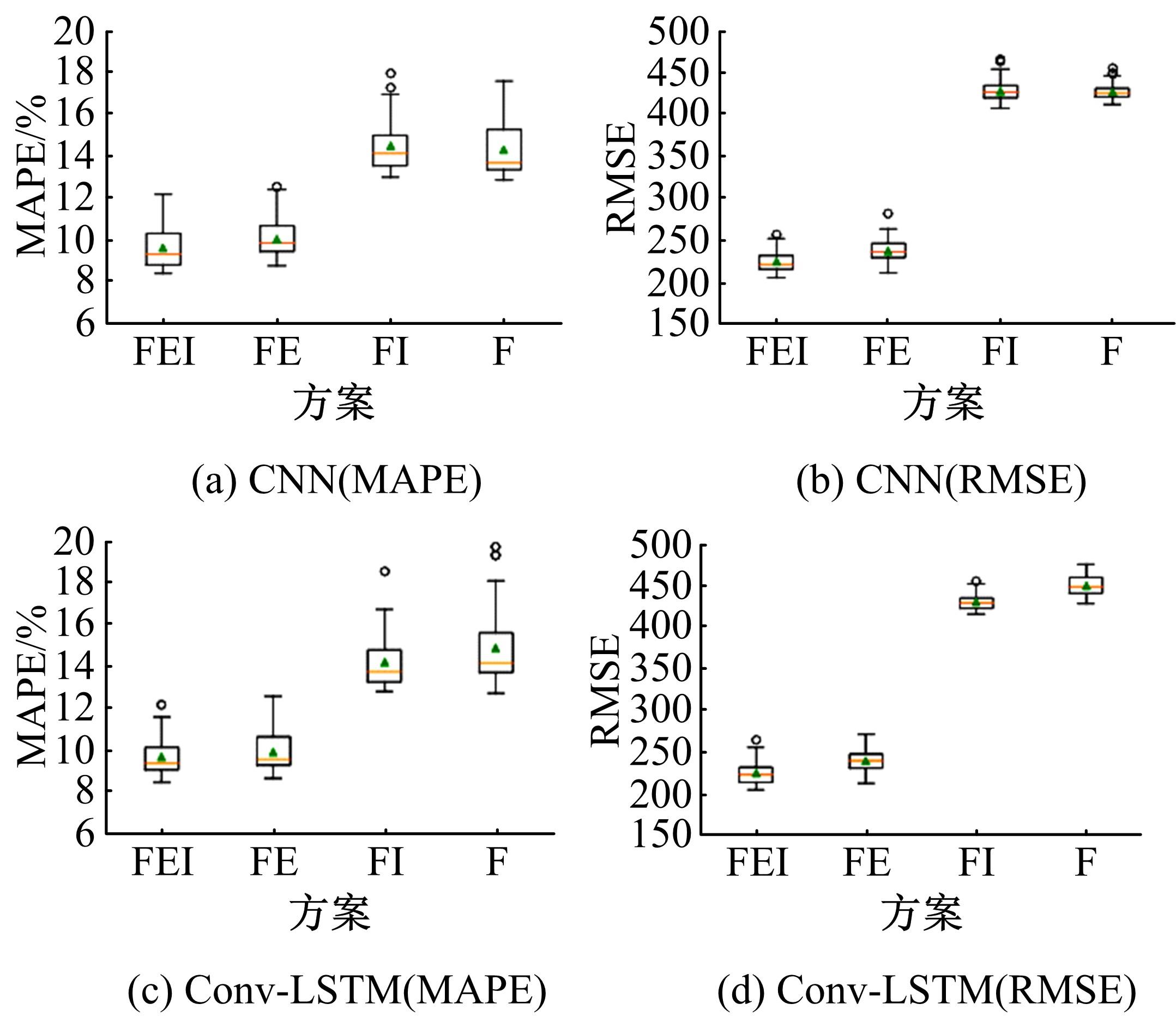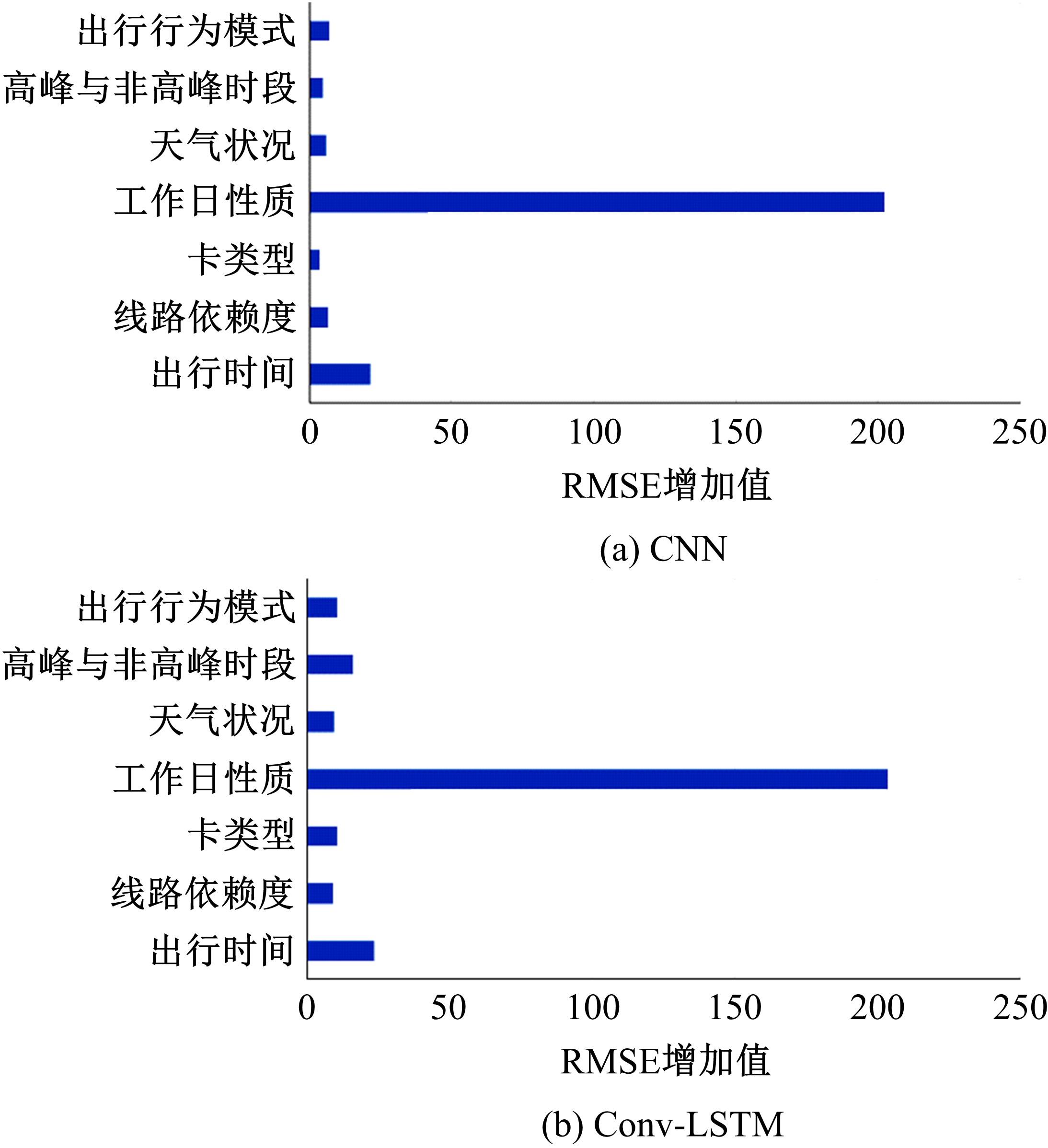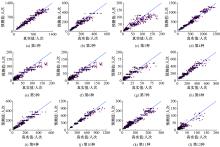Journal of Jilin University(Engineering and Technology Edition) ›› 2023, Vol. 53 ›› Issue (7): 2001-2015.doi: 10.13229/j.cnki.jdxbgxb.20210935
Deep learning method for bus passenger flow prediction based on multi-source data and surrogate-based optimization
Wei-tiao WU1( ),Kun ZENG1,Wei ZHOU1,Peng LI2(
),Kun ZENG1,Wei ZHOU1,Peng LI2( ),Wen-zhou JIN1
),Wen-zhou JIN1
- 1.School of Civil Engineering and Transportation,South China University of Technology,Guangzhou 510641,China
2.School of Automotive and Transportation Engineering,Shenzhen Polytechnic,Shenzhen 518055,China
CLC Number:
- U491.1
| 1 | Wei Y, Chen M C. Forecasting the short-term metro passenger flow with empirical mode decomposition and neural networks[J]. Transportation Research Part C, 2012, 21:148-162. |
| 2 | Liu Y, Liu Z Y, Jia R. DeepPF: a deep learning based architecture for metro passenger flow prediction[J]. Transportation Research Part C, 2019, 101: 18-34. |
| 3 | 张春辉, 宋瑞, 孙杨. 基于卡尔曼滤波的公交站点短时客流预测[J]. 交通运输系统工程与信息, 2011, 11(4):154-159. |
| Zhang Chun-hui, Song Rui, Sun Yang. Kalman filter-based short-term passenger flow forecasting on bus stop[J]. Journal of Transportation Systems Engineering and Information Technology, 2011, 11(4): 154-159. | |
| 4 | 王庆荣, 张秋余. 基于随机灰色蚁群神经网络的近期公交客流预测[J]. 计算机应用研究, 2012, 29(6): 2078-2080. |
| Wang Qing-rong, Zhang Qiu-yu. Forecasting of short-term urban public transit volume based on random gray ant colony neural network[J]. Application Research of Computers, 2012, 29(6):2078-2080. | |
| 5 | 王立政, 朱从坤. 基于LM-BP算法的轨道交通客流短时预测[J]. 价值工程, 2018(3):154-156. |
| Wang Li-zheng, Zhu Cong-kun. Short-term prediction research on urban rail transit passenger flow based on LM-BP algorithm[J]. Value Engineering, 2018(3):154-156. | |
| 6 | Ma X L, Wu Y J, Wang Y H, et al. Mining smart card data for transit riders' travel patterns[J]. Transportation Research Part C, 2013, 36:1-12. |
| 7 | Chen X Q, Xiong C F, He X, et al. Time-of-day vehicle mileage fees for congestion mitigation and revenue generation: a simulation-based optimization method and its real-world application[J]. Transportation Research Part C, 2016, 63: 71-95. |
| 8 | Wu W T, Li P, Liu R H, et al. Predicting peak load of bus routes with supply optimization and scaled Shepard interpolation: a newsvendor model[J]. Transportation Research Part E, 2020, 142:No.102041. |
| 9 | Yu B, Guo Z, Asian S, et al. Flight delay prediction for commercial air transport: a deep learning approach[J]. Transportation Research Part E, 2019, 125: 203-221. |
| [1] | Zhen-hai ZHANG,Kun JI,Jian-wu DANG. Crack identification method for bridge based on BCEM model [J]. Journal of Jilin University(Engineering and Technology Edition), 2023, 53(5): 1418-1426. |
| [2] | Chao SUN,Hao-wei YIN,Wen-yun TANG,Zhao-ming CHU. Sensor deployment strategy and expansion inference of mobile phone data for traffic demand estimation [J]. Journal of Jilin University(Engineering and Technology Edition), 2023, 53(4): 1070-1077. |
| [3] | Fei WU,Hao-ye NONG,Chen-hao MA. Tool wear prediction method based on particle swarm optimizationlong and short time memory model [J]. Journal of Jilin University(Engineering and Technology Edition), 2023, 53(4): 989-997. |
| [4] | Wen-li JI,Zhong TIAN,Jing CHAI,Ding-ding ZHANG,Bin WANG. Prediction of water⁃flowing height in fractured zone based on distributed optical fiber and multi⁃attribute fusion [J]. Journal of Jilin University(Engineering and Technology Edition), 2023, 53(4): 1200-1210. |
| [5] | Hong-fei JIA,Ying-jun XU,Li-li YANG,Nan WANG. League member selection and benefit distribution of commercial vehicles multi⁃modal transportation [J]. Journal of Jilin University(Engineering and Technology Edition), 2023, 53(4): 1060-1069. |
| [6] | Ke HE,Hai-tao DING,Xuan-qi LAI,Nan XU,Kong-hui GUO. Wheel odometry error prediction model based on transformer [J]. Journal of Jilin University(Engineering and Technology Edition), 2023, 53(3): 653-662. |
| [7] | Jin-wu GAO,Zhi-huan JIA,Xiang-yang WANG,Hao XING. Degradation trend prediction of proton exchange membrane fuel cell based on PSO⁃LSTM [J]. Journal of Jilin University(Engineering and Technology Edition), 2022, 52(9): 2192-2202. |
| [8] | Xian-min SONG,Shu-tian YANG,Ming-xin LIU,Zhi-hui LI. Fluctuation characteristics and prediction method of bus travel time between stations [J]. Journal of Jilin University(Engineering and Technology Edition), 2022, 52(8): 1792-1799. |
| [9] | Xiao-ying LI,Ming YANG,Rui QUAN,Bao-hua TAN. Unbalanced text classification method based on deep learning [J]. Journal of Jilin University(Engineering and Technology Edition), 2022, 52(8): 1889-1895. |
| [10] | Xuan-jing SHEN,Xue-feng ZHANG,Yu WANG,Yu-bo JIN. Multi⁃focus image fusion algorithm based on pixel⁃level convolutional neural network [J]. Journal of Jilin University(Engineering and Technology Edition), 2022, 52(8): 1857-1864. |
| [11] | Dan HU,Xin MENG. Vessel search method by earth observation satellite based on time⁃varying grid [J]. Journal of Jilin University(Engineering and Technology Edition), 2022, 52(8): 1896-1903. |
| [12] | Wen-jing WU,Yong-bin ZHAN,Li-li YANG,Run-chao CHEN. Coordinated control method of variable speed limit in on⁃ramp area considering safety distance [J]. Journal of Jilin University(Engineering and Technology Edition), 2022, 52(6): 1315-1323. |
| [13] | Zhi ZHENG,Bo GENG,Fu-min WANG,Jun-hong DONG,Si-si WEI. Improvement of protective ability for existing low⁃grade concrete guardrail [J]. Journal of Jilin University(Engineering and Technology Edition), 2022, 52(6): 1362-1374. |
| [14] | Ming-hua GAO,Can YANG. Traffic target detection method based on improved convolution neural network [J]. Journal of Jilin University(Engineering and Technology Edition), 2022, 52(6): 1353-1361. |
| [15] | Shi-min FANG. Multiple source data selective integration algorithm based on frequent pattern tree [J]. Journal of Jilin University(Engineering and Technology Edition), 2022, 52(4): 885-890. |
|
||

